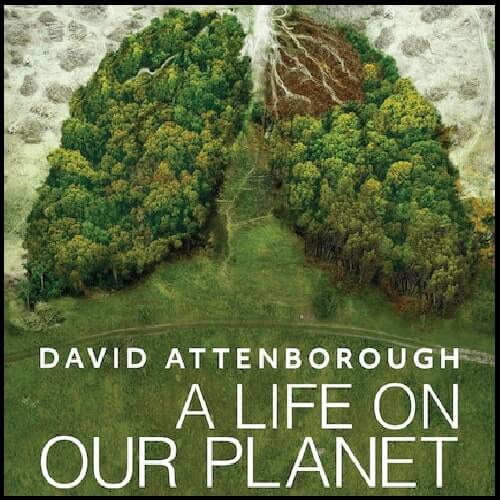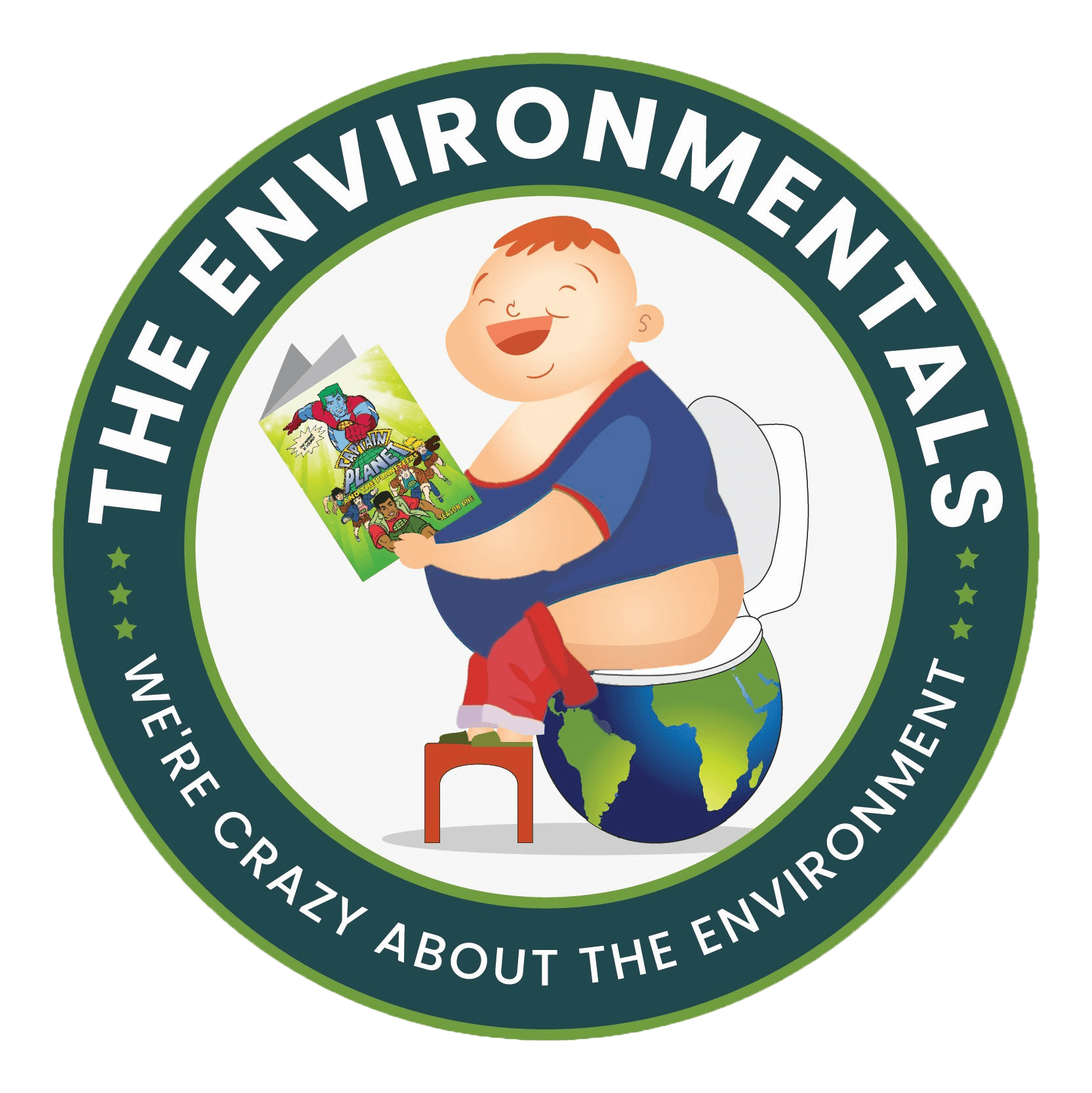A Life on Our Planet
Overview:
For sixty years, Sir David’s films have expressed his passion for the living world, perhaps like none other. Looking back, one realizes that he was always trying to get us to feel the utter astonishment that is nature’s creativity. How wondrous the forms she has wrought. How nuanced and intricate the behaviors she has sculpted over deep time. He never pointed out the threats much, although surely he knew they were growing. Perhaps he’d concluded that a focus on the beauty and wonder would make humanity want to protect such grandeur. And for some of us, that happened. But not for enough of us.
And so now, given the state of the living world, his demeanor has turned melancholy, but with a remaining glimmer of hope. In A Life on Our Planet, Attenborough shows how much has been lost just in his lifetime. As the human population grows exponentially since his birth, wildlife diminishes by a staggering amount. Now we have reached a point where humans and the animals we raise for food account for 96% of the mass of all the animals inhabiting Earth. A mere 4% of the world’s animals are wildlife as the living world has fallen to deforestation, palm oil plantations, industrial-scale agriculture, and meat production.
Attenborough suggests that our dominance is an illusion, a fleeting moment when it looks like we have mastered the planet. But climate change will move the deserts to the farmlands, withering crops. Water will become scarce in some parts, and drying forests will lead to even more uncontrollable fires. Attenborough touches on the fact that topsoil is eroding from farms. He points out that the planet’s water cycle is contingent on an intact Amazon, where trees pass water one to another for a thousand miles and around the Earth.
Poster:

